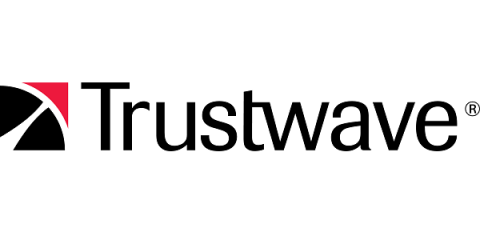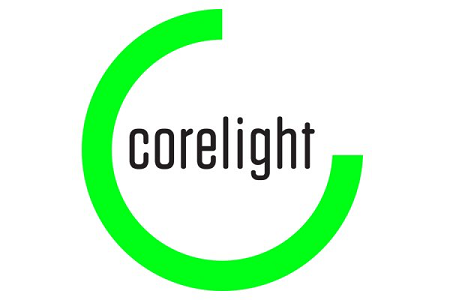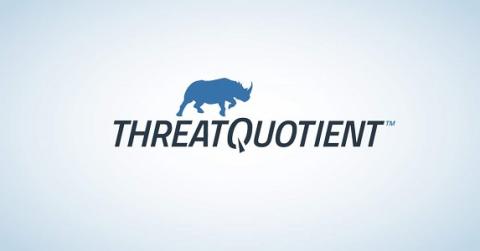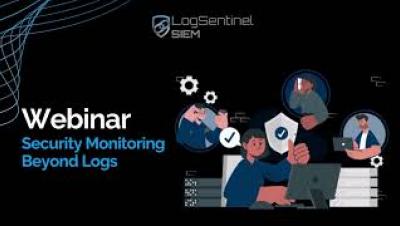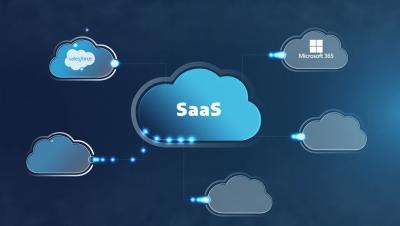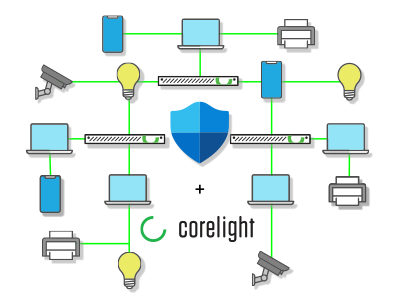The Importance of Speed During Detection and Response: Iranian-Backed Hackers Targeting U.S. Companies with Ransomware
Iranian government-sponsored advanced persistent threat (APT) actors are exploiting known Microsoft and Fortinet vulnerabilities to attack targets with ransomware in the transportation, healthcare and public health sectors, according to an alert issued on Nov. 17 by the Cybersecurity and Infrastructure Security Agency (CISA).


